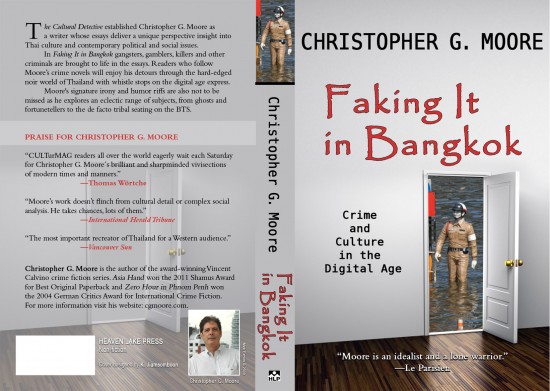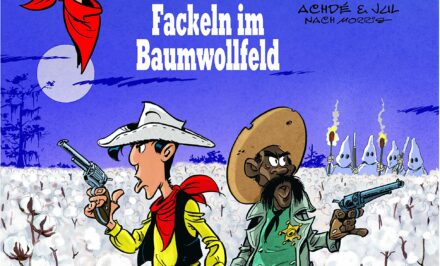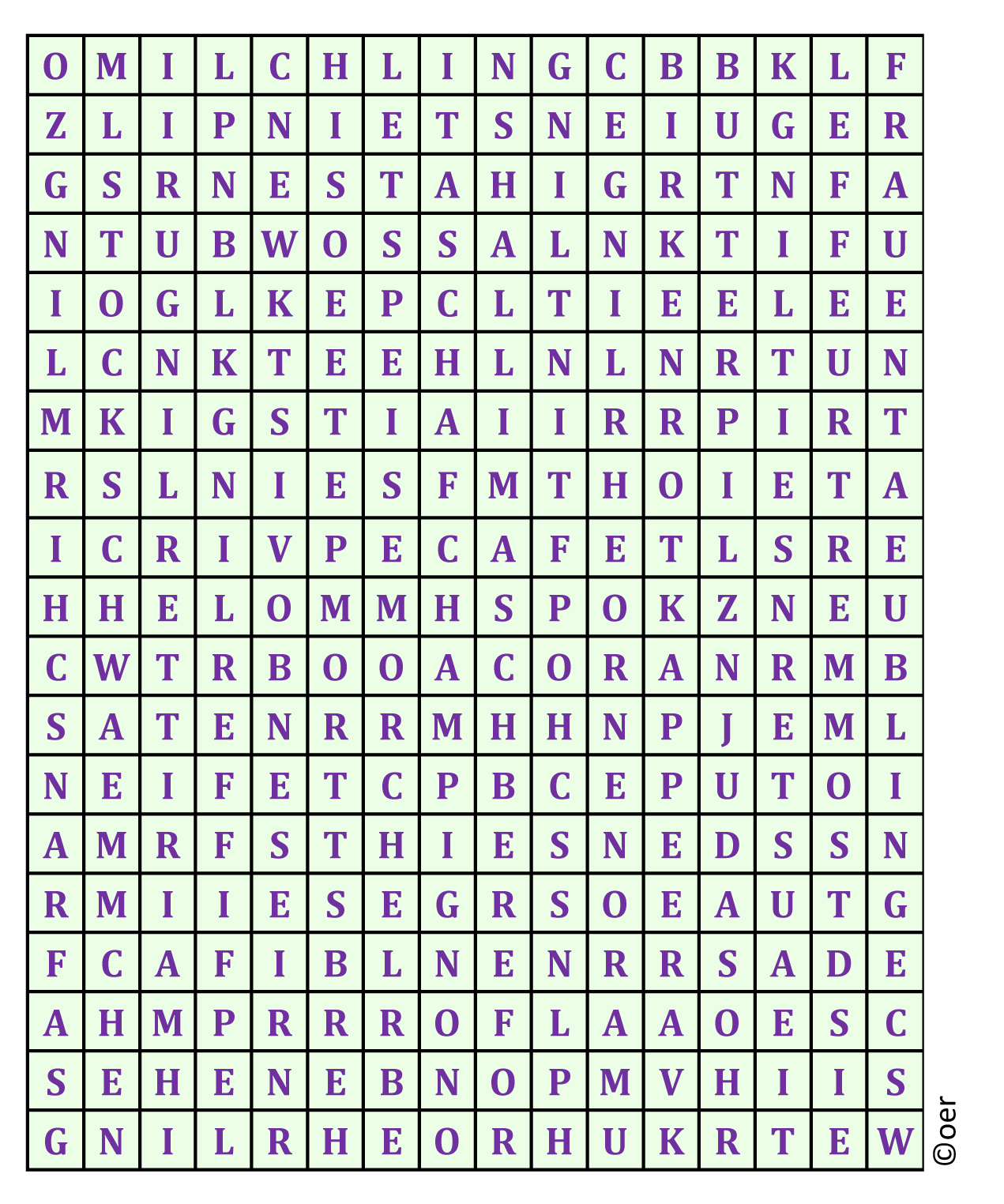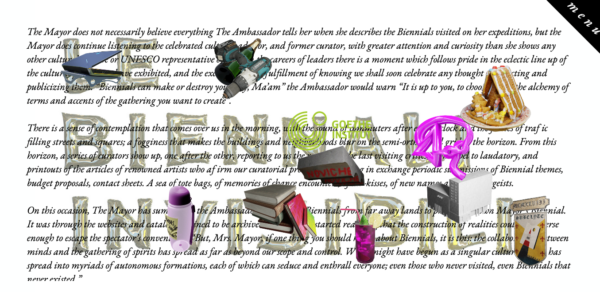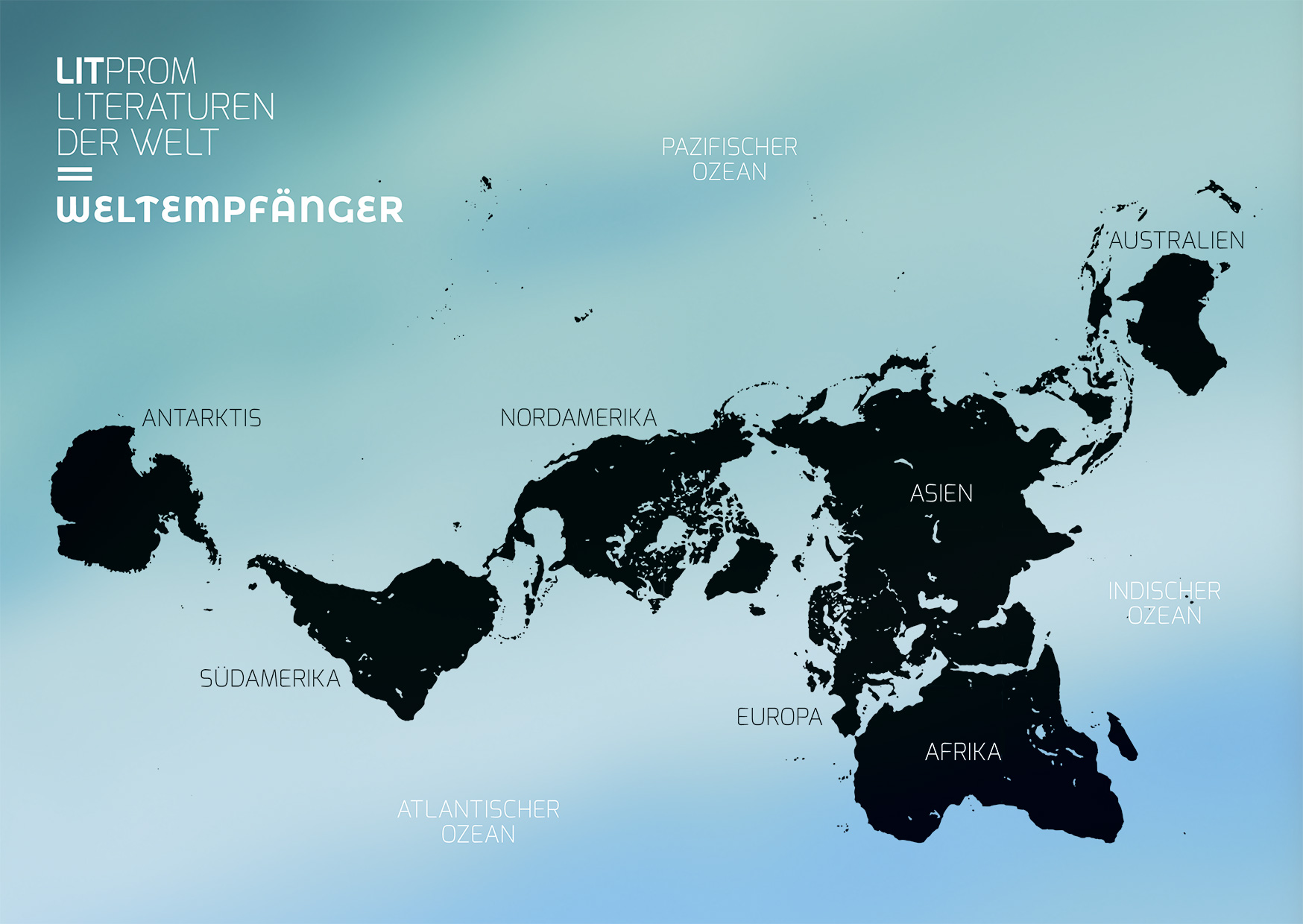 Christopher G. Moore beginnt einen dreiteiligen Essay über “global crime”-fiction:
Christopher G. Moore beginnt einen dreiteiligen Essay über “global crime”-fiction:
Dispatches from the frontline of Crime Fiction’s Extremistan: Part 1
This is the first of a three-part series about Crime Fiction’s Extremistan.
A discussion has started at Detectives Beyond Borders about the future of crime fiction.
The controversy started with an exchange at the South African blog Crime Beat with crime fiction reviewer Gunter Blank who views crime fiction in the USA, Sweden, Germany as having gone into a recycling phase where nothing but repetitive motifs and themes are appearing. What is emerging, in his view, are political thrillers or chronicles from “[T]urbulent or haunted societies, societies that are trying to find out who they are – there are still hundreds and thousands of lives and experiences to tell.”
The debate was picked up by my friend and blogger Peter Rozovsky at his not to be missed website: Detectives Beyond Borders. Peter’s readers have added their views in comments.
Richard Nash sums up the fate of contemporary authors in America and Europe and other places, too.
“Books, like most entertainment media, live in what Nassim Nicolas Taleb calls Extremistan, a place with vast amounts of commercial failure and spectacularly high and extremely infrequent success.”
As I have a horse (or a dog if you like) in this race, I’d like to give my perspective on the metamorphosis of crime fiction inside Extremistan, examining the borders and how the territory has been traveled, mapped, and reported. While Nassim Nicolas Taleb coined the phrase Extremistan to talk about the huge disparity of failure compared to success in the book industry, I am expanding the concept to use Extremistan to talk about the huge disparity between the awareness of crime fiction in English and all other languages.
Taleb uses the ratio of .05% (authors who receive 99.95% of the money and are commercially successful) to 99.95% (who divide the few crumbs of the .05% revenues leftover). Something like this ration, I believe, also applies as a rule of thumb across the range of languages with English language crime fiction authors receiving 99.95% of the critical review attention, money, status and opportunity, and non-English crime fiction authors living hand to mouth.
Extremistan is a monetary idea and it is also a geographical, cultural and political one. My Extremistan is a kind of map of worldwide crime fiction. On that map we know with confidence where English language crime fiction exist. But 99.95% of the map is uncharted areas. Crime fiction is written in these unknown parts but as they aren’t mapped, they are outside of awareness. As a result, we largely ignore their existence.
A good definition for these purposes of metamorphosis comes from wikipedia, which defines it as “a biological process by which an animal physically develops after birth or hatching, involving a conspicuous and relatively abrupt change in the animal’s body structure through cell growth and differentiation.”
Over the last two decades there has been a growth in what is described as crime fiction in many different countries and cultures. The idea of crime fiction is a cultural lens borrowed from English and American authors including Hammett and Chandler. Under the surface, the cultural aspects have brought a change in texture and form. While the external appearance may (unlike true metamorphosis) remain to the untrained eye the same, underneath the impulses, imperatives, and purposes are filtered through a different set of beliefs, histories, languages, traditions, rituals and customs—and these elements matter when it comes to the kind of story that can be published.
This cultural lens has been fitted to new glasses in other cultures in the remote parts of Extremistan. Many of these places are off the usual map of crime fiction neighborhoods. Crime fiction is illegible in these places. Our speculation about what goes on inside the hidden world doesn’t make them more legible.
And that leads me to ask what goes inside these missing areas on the crime fiction map, and can we act like good detectives to find out what goes on inside beyond our normal borders?
What is left unexamined in the debate started by Gunter Blank are the forces causing the turbulence or the haunting in societies outside of Sweden, Germany and the USA. In countries like Thailand, Cambodia, Vietnam and Burma—the turbulence of globalization and the Internet has kicked up a firestorm in fairly rigid, traditional, and highly controlled societies. This has happened not just in Southeast Asia but also in Latin America and the Arab world. Crime fiction has become a window into the chaos that disruptive change has brought, threatening institutions, vested interest, and authority structures.
A murder investigation, on the surface, is similar in many places around the world. But a murder investigation in a turbulent society, which is in the metamorphosis stage, brings in to focus the tensions, competing interest, and repressive forces that give a political dimension to the case. To understand the behavior, reactions, and emotions requires a cultural map. The best crime fiction operates like a GPS system guiding you through the winding byways, local alleys, and little known hills. Think of them as “belief, taboo, faith” landmarks. What governments and people believe to be true and how they process their reality is central to reading crime fiction from these neighborhoods.
You might say that the USA, Germany and Sweden are also societies in transition as they respond to similar pressures from the new world of telecommunications and global trade. That is to miss the paradigm change caused by the Age of Reason and Enlightenment in having over a period of 500 years eroding traditional authority and belief structures from the church to the aristocracy. Our neighborhood was torn down in many places and rebuilt. In the new Western places on the map, we live in a version of the future. As William Gibson famously said, “The future is already here but it is unevenly distributed.”
In many parts of the world outside of Europe and North America, the Age of Reason and Enlightenment have existed outside the great wall of authority patrolled by a combination of censorship, repression, custom and tradition. This system worked for many centuries, preserving the neighborhood and the attitudes about what is a crime and who is a criminal. But most of these old, traditional neighborhoods are also doomed. Like the Berlin Wall, these traditional regimes all looked so solid and impenetrable until the moment it is pulled down.
Crime fiction written in these parts of the world track investigations into crime as the walls are collapsing around the authorities, exposing them, implicating them, leaving them in the spotlight mostly reserved for criminals. This is what international crime fiction brings to the reader—society in the midst of transition, access to a part of the fictional map that isn’t widely known or understood.
It is this irony, this strange juxtaposition—the blurring of criminality—that makes crime fiction from the emerging world compelling to the readers in those places. We are watching the future pass into societies as if the walls no longer exist, and we have a frontline seat to the forces pushing back, trying to build new walls, put the screws in, enacting repressive laws to create fear in order to silence those who see that the walls are falling.
Most of storytellers inside these old regimes that exist off the English reader’s grid aren’t given attention. It is as if these unmapped areas don’t exist except as a ‘bad news’ story about an earthquake, flood, revolution, assassination, starvation, refugee camps, and genocidal authorities. The storytellers in these places are unlikely to be on your top 13 authors’ list. But that doesn’t mean their voices are unread or unheard inside their cultures. It more likely there absence is evidence of our availability bias. We make our decision on the evidence that is available to us. We don’t ask what is missing.
As Daniel Kahneman has noted in Thinking, Fast and Slow we are prone toward believing what we see is all that there is.
While the USA, Germany, and Sweden and similar cultures may be suffering from redundancy; crime fiction authors in other cultures suffer from obscurity and isolation. These novelists write in languages that aren’t easily accessible for readers of English. Thai writers are a good example. Thailand has its share of talented authors who write in Thai but who haven’t been translated into English. You will never read them unless you learn Thai. The same applies to other cultures where the language issue traps the authors inside their own locked room without an exit door. In reality very few novels are translated into other languages. As a result they are marooned on the desert island of obscure languages forever lost to those sailing past.
Using what we know about the universe is a convenient analogy for our map of crime fiction. The universe is comprised of a bit less than 5% atomic matter, and the rest is dark matter or dark energy. When you read about crime fiction publishing in English I suggests that you are inside a reading space that vastly less than 5% of the total space. It may be Taleb is right. This is the realm of a .05% world of crime fiction that is mapped. The rest is dark matter and energy in the crime fiction universe.
We need to be cautious about making broad statements about the best crime fiction novelists, the trends in crime fiction, or the role crime fiction plays in literature, culture and political life. The reality is we only have a vague idea of this unmapped landscape, the writers who live there, and the role crime fiction plays in chronicling the dynamics of fundamental change to political and social system.
Next week in Part 2, I discuss the evidence from my detective work to find out more about who are the crime fiction writers in African, Latin America, and Southeast Asia. The idea is to start crime fiction readers on an exploration of crime fiction in the unmapped neighborhoods where the word ‘noir’ isn’t quite dark enough to describe the lives of authors and readers.
Teil 2 hier.
Christopher G. Moore
Dieser Text erschien am 28. März auf unserer Partnersite.
Christopher’s latest Vincent Calvino novel, 13th in the series, is titled Missing in Rangoon and is available as an ebook on Kindle.
Christopher C. Moore: The Wisdom of Beer.
Der Untreue-Index beim Unionsverlag. Bangkok Noir. The Cultural Detective. Kindle/Amazon. UK and Kindle/Amazon USA. Moores Podcast. Die Vincent Calvino-Romane. Der Autor beim Unionsverlag.
Zu Christopher G. Moores Website und zu Tobias Gohlis’ Rezension des Untreue Index bei arte.
Titelbild: Victor Bezrukov, wikimedia commons.

